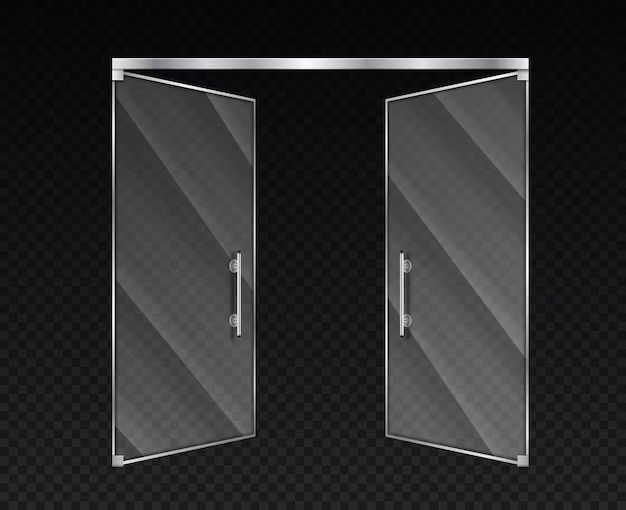Security screen doors are great for letting in light and air while keeping insects and intruders out. The mesh screen is held in place by a frame and rollers that fit into tracks along the sides of the door. Over time, these rollers can wear out or become stuck, preventing the door from gliding smoothly. Replacing the rollers is an easy DIY project that can be done in less than an hour with some basic tools.
In this article, we will go over the step-by-step process for removing and replacing rollers on a security screen door. We will cover how to identify worn or damaged rollers, remove the old rollers, select replacement rollers, and install the new set. With these instructions, you can freshen up your stuck screen door and get it gliding like new again.
Page Contents
What You’ll Need
Before getting started, assemble the necessary tools and parts:
- Phillips head screwdriver
- Needle nose pliers
- Hammer
- Putty knife or pry bar
- Replacement screen door rollers
The manufacturer of your security door should specify what replacement rollers are compatible. Typically the rollers are made of plastic or nylon and available at hardware stores. Bring one of the old rollers with you so you can match it up with replacements. Purchase at least 1-2 more sets than you think you’ll need to account for any future issues.
How to Remove Old Rollers
Start by prepping the door to access the rollers. Remove any items or debris that may be blocking the tracks along the sides. Close the door so the screen is taut.
If your door has a handle latch, unlock and open it so you can grip both sides of the screen. Gently pull back on the screen while tilting it toward you. This will disengage the rollers from the top track. Angle it far enough that you can lay the screen horizontally across the doorway.
If your screen does not have a handle latch, use the pry bar to pop the rollers from the track. Wedge it into the side channel right above a roller then gently apply pressure to create enough space for the roller to come free. Do this along one side only to avoid bending the frame.
With the screen removed and laid flat, inspect the rollers. Look for the following issues:
- Flat spots or dents on the surface
- Cracks or splits in the material
- Stiff or grinding sensation when rolled
- Rollers that spin freely when touched
Rollers that exhibit any of these defects need to be replaced.
Use the Phillips head screwdriver to detach the bad rollers from the screen frame. Locate the screw(s) securing each bracket. Remove the screws and detach the bracket. You may need to tap the bracket with a hammer to dislodge it if the screws are stripped. Extract the roller pin from the wheel then slide the roller out.
Set aside any rollers to be reused and discard the defective ones. Inspect all parts of the roller assembly for damage. Brackets can bend or warp so be sure they still sit flat and square.
How to Install New Security Door Rollers
Once you’ve removed the old rollers, it’s time to install fresh replacements:
Start on the side of the door with the handle latch. Insert new rollers into each bracket, placing the pin through the wheel’s hole. Position the first bracket about 8 inches down from the top of the door. Angle it so the roller sits perpendicular to the track then screw into place.
Work your way down the side, adding a roller every 8-12 inches. Refer to the old screw holes to approximate their spacing. The exact placement is not crucial, only that the rollers are evenly distributed.
Move to the opposite side and install the remaining rollers in the same manner. Make sure the rollers on each side align horizontally so they make contact with the tracks simultaneously.
Test the rotation of the new rollers by spinning them in the brackets. Each should roll smoothly without wobbling or sticking. Adjust as needed until the operation is optimal.
Once all rollers are in place, lift the screen door back into the tracks. Tilt it at an angle so the top rollers make contact first. Apply gentle upward pressure as you rotate the door into an upright position. The rollers will click into place when properly aligned.
Carefully open and close the door a few times to verify smooth operation. The screen should glide effortlessly along the tracks. If it catches or drags, examine the rollers on that side. Adjust any brackets that aren’t level or replace individual rollers if needed.
Optionally, add a small dab of lubricant, like silicone spray, to each roller. This reduces friction and helps the rollers spin freely. Just avoid over-lubricating or the door may slide too easily.
With properly functioning rollers, your security door will open and close like new. The fresh rollers will provide years of smooth performance and keep unwanted pests outside where they belong. Perform routine inspections and repeat the roller replacement process as soon as any issues arise. Investing a small amount of time regularly goes a long way to maintaining a functional and lasting door.
Conclusion
Replacing worn out rollers is an essential part of upholding the function of a security screen door. With basic DIY skills and the right tools, this is a project any homeowner can tackle. By following the proper steps for removal and installation, you can restore your door’s smooth gliding operation. Spend a bit of time on maintenance now and you’ll avoid having to deal with a stuck door in the future. Invest in quality replacement parts so your security door continues keeping your home safe, breezy and bug-free for years to come.
